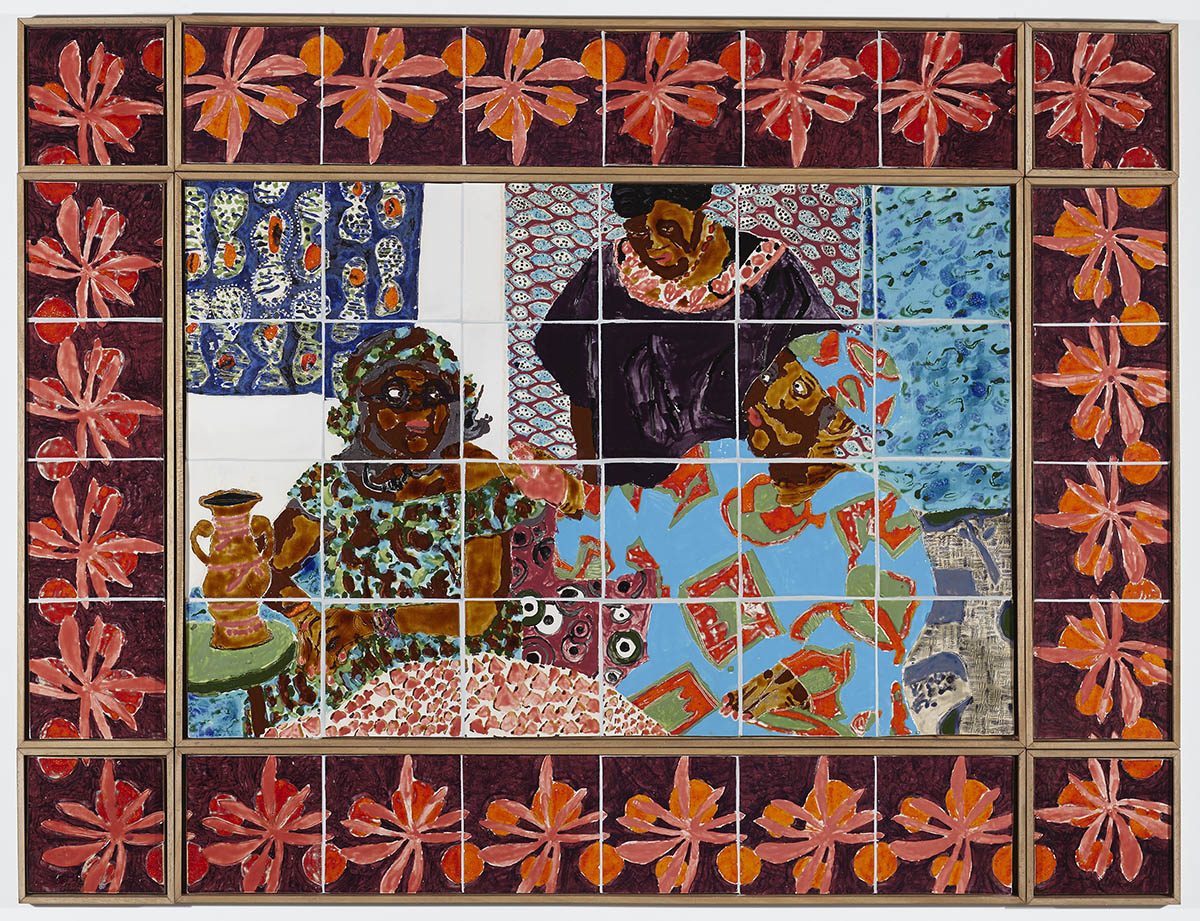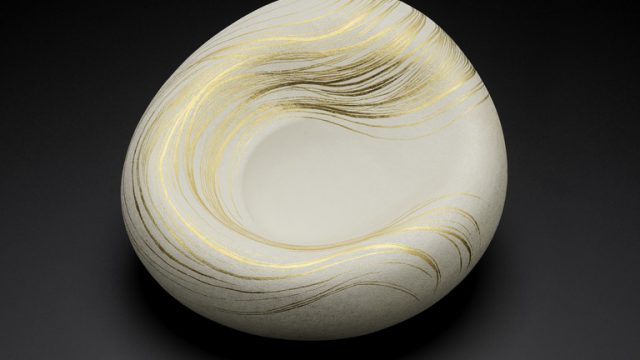The world has changed, and major museums need to do more to keep up. Decentring the canons of western art and design history is essential and persistent corrective work, which requires museum professionals to think and think differently about equality, representation and the narratives and knowledge we privilege. Change comes from within, and the Black Lives Matter events of the past two weeks has catalysed a flurry of introspection in many museums in the UK and around the world. What are we doing and what are we not doing? What do we not know? How can we reflect and act? How can the concerns of the activist become those of the mainstream?
At the V&A, we’re asking ourselves these questions and more. If we want to make a meaningful difference, our critical challenge is to ensure sustained action and accountability, to educate ourselves and make everyone responsible, and to change our practices to address structural inequality and systemic racism. Before we can effect any change, we must see the problems that exist. Colleagues across the museum are actively discussing what needs to be done and making a new plan of action.
One area, where we will make considerable change if we truly want to, is through a refocus of collecting policy. We need to put black artists, designers and performers and narratives at the centre of our future acquisitions, both as revision to the canon (a somewhat problematic endeavour that does not always address the power that created the bias in the first place) and to better reflect the world we live in. The V&A proactively acquires works that squarely address the underrepresentation of black makers in the collection, but we have a long way to go. In 2015 concurrent exhibitions at the V&A and the Black Cultural Archives showcased photographs by 17 artists of black Britain from the 1950s to the 1990s; the displays were the result of a seven-year initiative to increase the number of black British photographers and works within the V&A’s collection.
Such funded projects are vital in terms of providing resource to collect significant bodies of work – Staying Power saw 118 photographs enter the collection – and build an archive of supporting oral histories. We are proud of this project, but our work here to address exclusion should not be exceptional. Inclusion should exist at the centre of our thinking and acts of collecting. For readers interested in learning about curatorial strategies for decentring in terms of race, gender and heterocentrism, Maura Reilly’s recent publication Curatorial Activism: Towards an Ethics of Curating, is a brilliant place to start.
My team are in the process of shaping the stories we want to present across our new gallery and collection spaces over our two new sites in Stratford. We are looking anew at the collection and beginning to acquire works by practitioners underrepresented in the collection, which deserve to be seen, celebrated, studied and enjoyed. This year for the first time, the V&A East curatorial team were able to participate in the museum’s annual trip to Collect, for which we have a discretionary fund to purchase works on show. I went to Collect with the express intention of acquiring works by black makers to support their practice and to be able to show it to a large audience. Lauding ourselves for this action is not the point; rather I make it to emphasise that when one states such intentions, the response is often that ‘it’s about the quality of the work and not the artist’s background’. These comments suggest that actively supporting black makers is somehow tokenism and reveals much about the work needed to address systems of inequality.

We were delighted that Intoart, the south London art and design studio and collective for artists and makers with learning disabilities, were showing ceramics by Mawuena Kattah alongside screen-printed textiles she made in collaboration with Leeds-based designer Laura Slater. Rightly, Intoart’s stand was awarded ’Outstanding Display’. Mawuena makes drawings and paintings of subjects close to her: her family and friends, her home and other documented domestic interiors, and the objects and textiles she encounters in daily life. Her family archive of photographs taken in Ghana span many decades and, along with more recent studio shots of family taken in London, are an important starting point for Mawuena’s compositions and portraits.

courtesy of Intoart
Mawuena joined the artist collective in 2007 and in 2013 she, and Intoart co-founder Sam Jones, devised a programme of workshops for adults with learning disabilities to explore research and making through the V&A’s collection. A subsequent placement in the V&A’s ceramics gallery studio in 2015 proved a pivotal turning point for her practice and, since that time, Mawuena has produced ceramics and textiles, alongside drawing and painting, to make richly layered compositions and installations. These personal, exuberant and complex fusions of texture, pattern, colour and motif use decoration to tell stories or create social scenes that speak to community, friendship and kinship. In the foreword to a book about Mawuena Kattah’s practice, the ceramicist Carol McNicoll writes: ‘Mawuena and I are both excited by patterned fabrics, and we both make the kind of functional objects in which decoration tells stories, so in a way we share a particular culture…Family and community form the bedrock of Mawuena’s subject matter. The African batik fabrics she buys from Brixton Market are an important source of inspiration for her, and in particular the ways in which her mother and aunts bring them into the home and into their outfits.’

The glazed tile frieze, Aunty, Mum and Me Talking About My Fabric Collection was made during Mawuena’s time working at the V&A in 2015 and 2016. The sources of inspiration evident in the work, and Mawuena’s depiction of personal narrative and visible identities, are what makes the frieze so powerful and captivating. Eye Eye (2019) is a linen fabric from a new series of textiles made with Laura Slater. In contrast to the tile panel, narrative and personal imagery come through looser mark-making and overlaid repeat patterns. Both pieces were acquired by the V&A from Collect and – through herculean effort on the part of Intoart – were brought into the Museum’s store at Blythe House the day before coronavirus lockdown closed all museum sites. We did not acquire Aunty, Mum and Me Talking About My Fabric Collection at the time it was made and, for me, seeing it for the first time at Collect, prompted thoughts as to why we did not. I imagine a mixture of ambient institutional inertia along with strategic and budgetary priorities made it slip away. The challenge is to shift our priorities so that black makers are no longer marginalised.
In 2017 the artist Yinka Shonibare curated Criminal Ornamentation, an exhibition drawn extensively from the Arts Council Collection, which posits a dismantling of the absolutes of modernist aesthetics in favour of works that address history, politics and personal context. He included three watercolour family portraits by Mawuena Kattah. In the catalogue’s introductory essay Shonibare writes of a ‘pattern of voices and ideas and a decentralising of aesthetics’; a ‘rich area in which pattern and ornament take in aesthetics, culture, politics, class, snobbery, gender and postcolonialism’. I leave you with Yinka Shonibare’s concluding words: ‘I want to open people’s social conscience. So they are not just looking at pattern but also patterns of discrimination.’




Thanks Catherine – great to learn about such vital and stimulating work. I remember the Fashioning Space display in 2017 featuring work by Mawuena and others. It was my first time seeing such an event in a place like the V&A and really opened my eyes to issues of cultural marginalisation and the emotional potential of linking contemporary art and historic collections.
I’m really keen to see how the V&A East sites can amplify BAME and disabled people’s voices through programming, collecting and volunteering.
Thanks for providing such urgent ideas how should museums to consider the present movement of Black Lives Matter. As a matter of fact, China issued a very beautiful poster in 1963. which is now at display in Shanghai Propaganda Poster art Center.Yes, museums should come together to think it over for the globe as a family. Nobody could stay away. Art will speak out for justice and peace for the world.